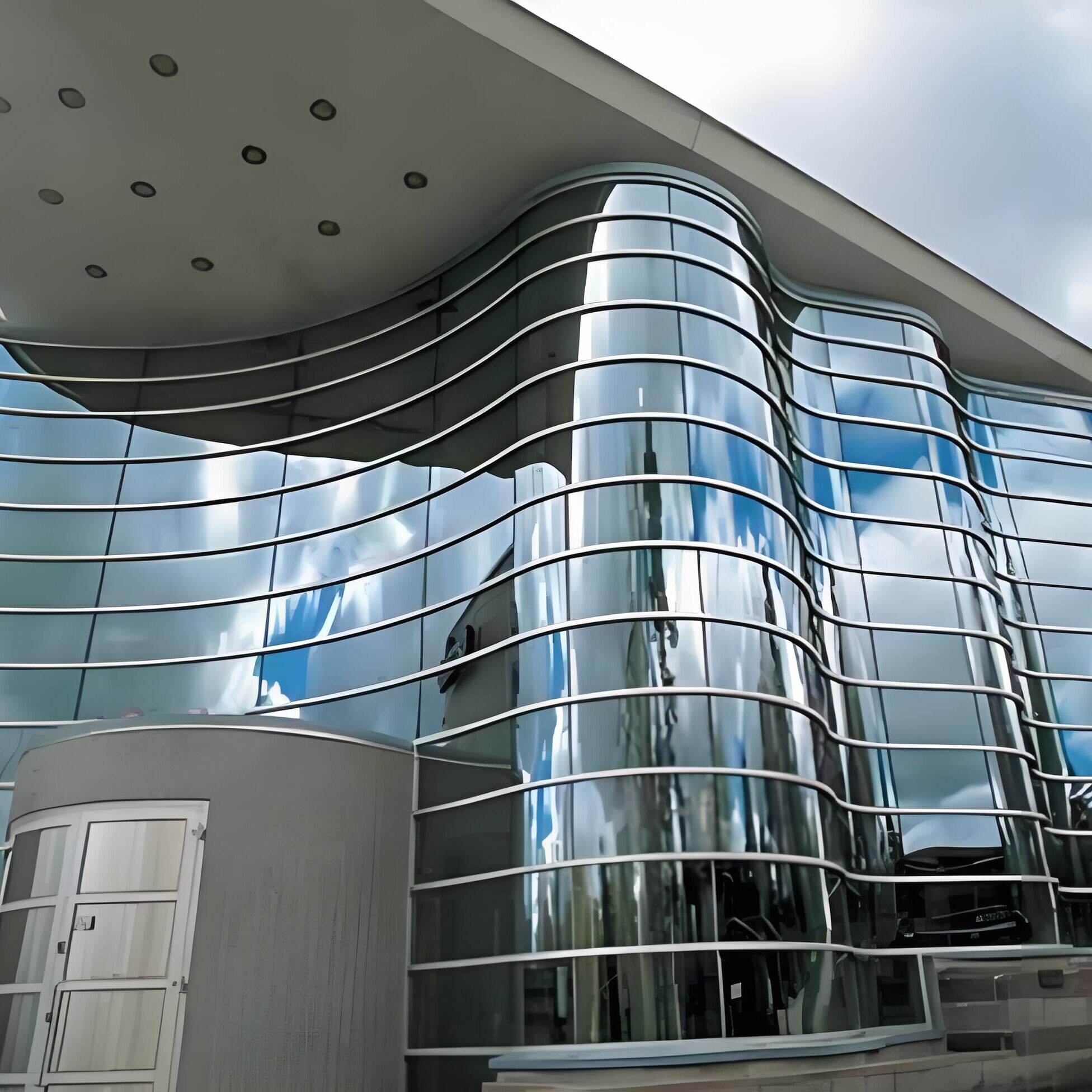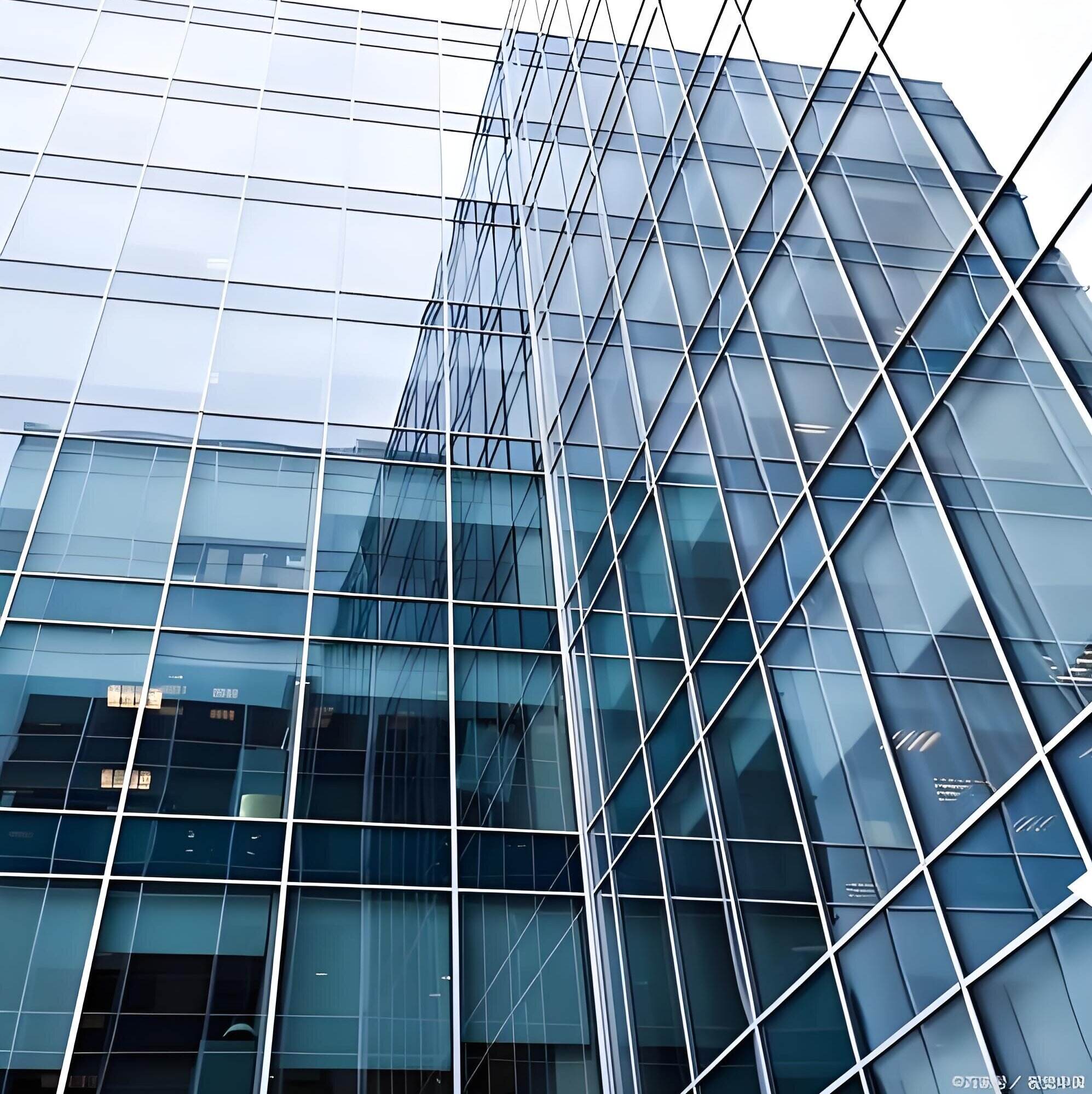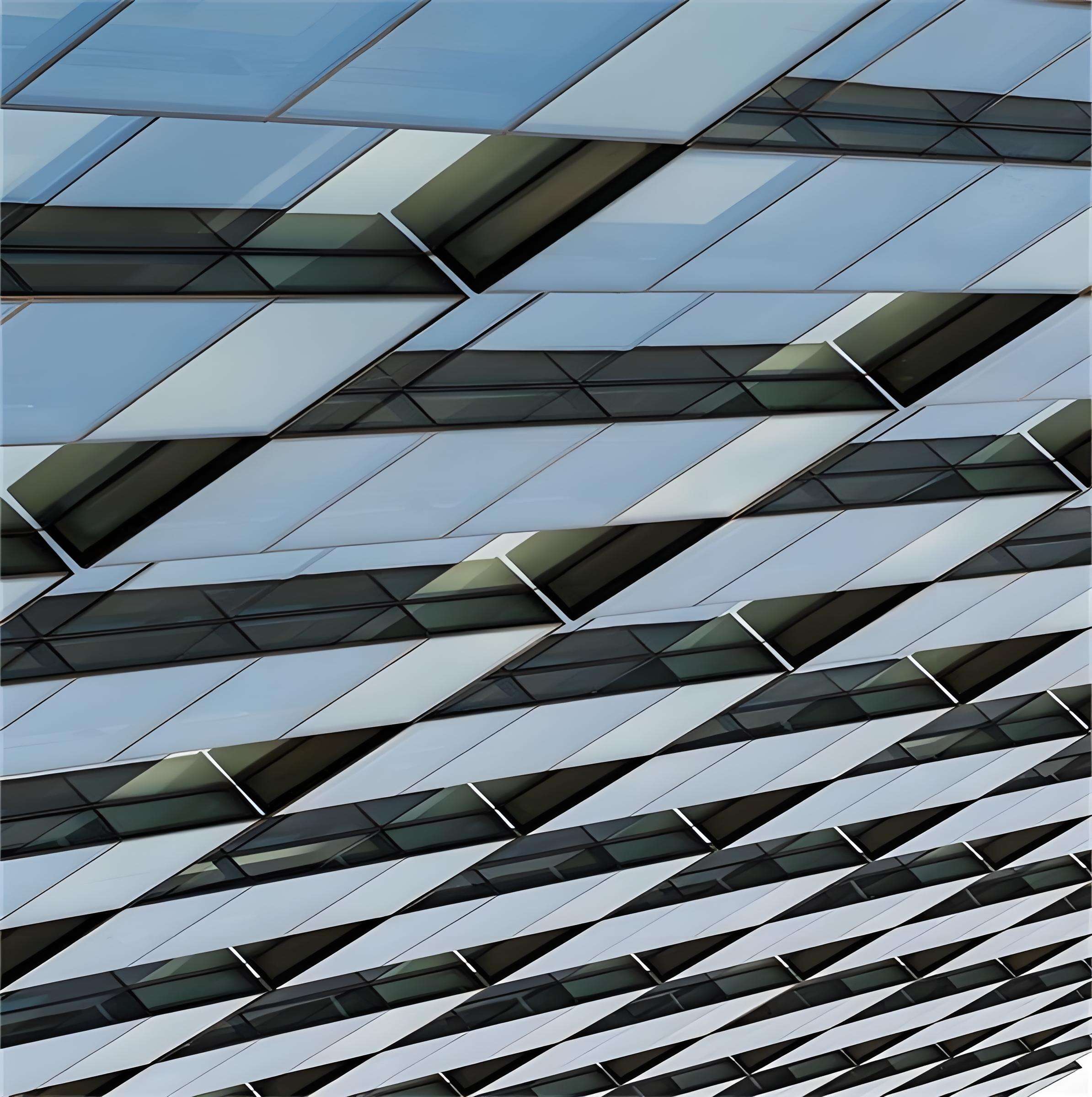modern architectural glass
Modern architectural glass represents a remarkable evolution in building materials, combining aesthetic appeal with advanced functional capabilities. This innovative material goes far beyond traditional window panes, incorporating cutting-edge technology to enhance building performance and occupant comfort. Modern architectural glass features multiple layers of specialized coatings that control solar heat gain, minimize UV radiation, and optimize natural light transmission. These sophisticated glass solutions can be customized with various treatments including low-E coatings, thermal barriers, and acoustic dampening properties. The versatility of modern architectural glass allows it to serve multiple purposes simultaneously, from maintaining thermal efficiency to providing structural support. In contemporary construction, it plays a crucial role in creating energy-efficient buildings while offering unprecedented design flexibility. The glass can be manufactured in various forms, from flat panels to curved surfaces, and can incorporate smart technologies for dynamic tinting or electronic display capabilities. Its applications range from exterior facades and curtain walls to interior partitions and decorative elements. The integration of modern architectural glass in building design has revolutionized the approach to sustainable architecture, enabling architects to create structures that are both environmentally responsible and visually stunning.


